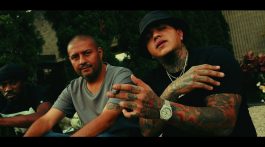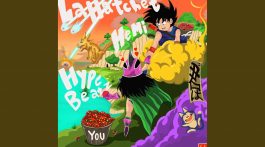(Reuters) – Norwegian police searched for more victims and a possible second gunman on Saturday after a suspected right-wing zealot killed up to 98 people in a shooting spree and bomb attack that have traumatised a once-placid country.
The 32-year-old Norwegian named Anders Behring Breivik was arrested after Friday’s massacre of young people on a tiny forested holiday island that was hosting the annual summer camp for the youth wing of Norway’s ruling Labour party.
Breivik was also charged for the bombing of Oslo’s government district that killed seven people hours earlier.
If convicted on the terrorism charges, he would face a maximum of 21 years in jail, police said.
Breivik had belonged to an anti-immigration party and wrote blogs attacking multi-culturalism and Islam, but police said he had been unknown to them and that his Internet activity traced so far included no calls for violence.
Witnesses said the gunman, wearing a police uniform, went on a prolonged shooting orgy on Utoeya island northwest of Oslo, picking off his prey unchallenged as youngsters scattered in panic or jumped in the lake to swim for the mainland.
A police SWAT team eventually arrived from Oslo, 30 km (19 miles) away, to seize Breivik after nearly 90 minutes of firing, acting police chief Sveinung Sponheim told a news conference.
“We don’t know yet” if he acted alone, Sponheim said, adding that Breivik had surrendered immediately and had confessed.
DEATH TOLL
Sponheim said 85 people were known to have died in the shooting and seven in the Oslo bomb blast. The overall death toll could reach 98 if some missing people proved to have died.
Police gave no figure for the number wounded in Norway’s worst violence since World War Two.
Prime Minister Jens Stoltenberg, sharing the shocked mood in this normally safe, quiet country of 4.8 million, said: “A paradise island has been transformed into a hell.”
Labour Party youth member Erik Kursetgjerde described the panic on Utoeya when the gunman began shooting.
“I heard screams. I heard people begging for their lives and I heard shots. He just blew them away. I was certain I was going to die,” Kursetgjerde, 18, told Reuters outside a hotel in the nearby town of Sundvollen, where many survivors were taken.
“People ran everywhere. They panicked and climbed into trees. People got trampled.”
The killer, dressed as a policeman, “would tell people to come over: ‘It’s OK, you’re safe, we’re coming to help you.’ And then I saw about 20 people come toward him and he shot them at close range,” he said.
Kursetgjerde said he ran and hid between cliffs, then swam into the lake and nearly drowned. “Someone (in a boat) rescued me. They saved my life.”
Norwegian NRK television showed blurred pictures taken from a helicopter of a man, apparently in police uniform, standing with his arm outstretched amid numerous victims, some prone on the rocky shore, others floating in the water.
“This lasted for hours,” Foreign Minister Jonas Gahr Stoere told a news conference, describing the killings on the island northwest of Oslo where about 600 young people had gathered.
The bloodbath was believed to be the deadliest attack by a lone gunman anywhere in modern times.
Police combed the island and the lake, even using a mini-submarine to search the water, police inspector Bjoerne Erik Sem-Jacobsen told Reuters. “We don’t know how many people were on the island, therefore we have to search further.”
The suspect, tall and blond, owned an organic farming company called Breivik Geofarm, which a supply firm said he had used to buy fertiliser — possibly to make the Oslo bomb.
“These are goods that were delivered on May 4,” Oddny Estenstad, a spokeswoman at farm supply chain Felleskjoepet Agri, told Reuters. “It was 6 tonnes of fertiliser, which is a small, normal order for a standard agricultural producer.”
It was not clear if Breivik, a gun club member according to local media, had more than one weapon or whether he had stocked ammunition on Utoeya, where police found explosives.
Initial speculation after the Oslo blast had focused on Islamist militant groups, but it appears that only Breivik — and perhaps unidentified associates — was involved.










No Comment